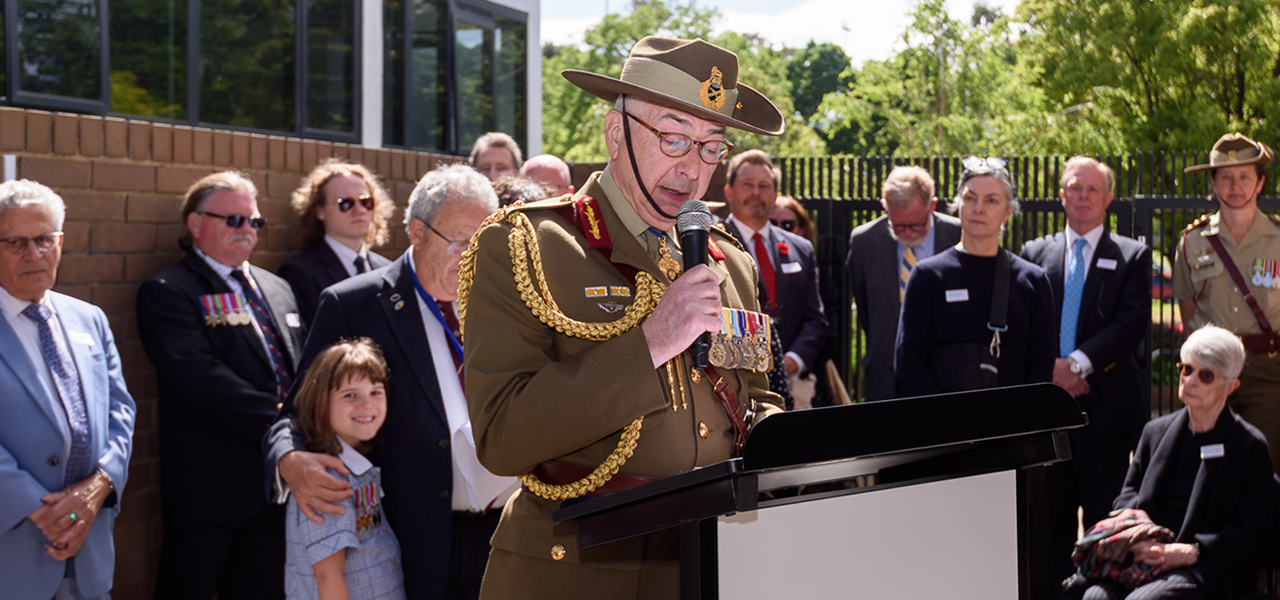Our history
AMA Victoria's rich history showcases the vital role doctors have played in shaping Victoria's healthcare. Pioneering medical professionals, under challenging circumstances, not only provided exceptional patient care but also led public health reforms, advocating for essentials like safe water and improved sanitation. The formation of the Port Phillip Medical Association, a precursor to AMA Victoria, marked a significant step in uniting the medical community. This enduring commitment to medical excellence, education, and advocacy continues to drive AMA Victoria, as we uphold our mission to advance healthcare for all Victorians.
AMA Victoria Heritage and Archives Committee
AMA Victoria holds an extensive archives collection, dating back to its earliest years of establishment in the mid-19th century.
The AMA Victoria Heritage and Archives Committee was established in 2009 to oversee the Archives Management Program and associated projects. The archives currently held by AMA Victoria include records created by officers and staff of AMA Victoria, and records received from members, government officers, other organisations and members of the public.
More information is available on the history of AMA Victoria. Contact AMA Victoria to be connected with members of the Committee.


